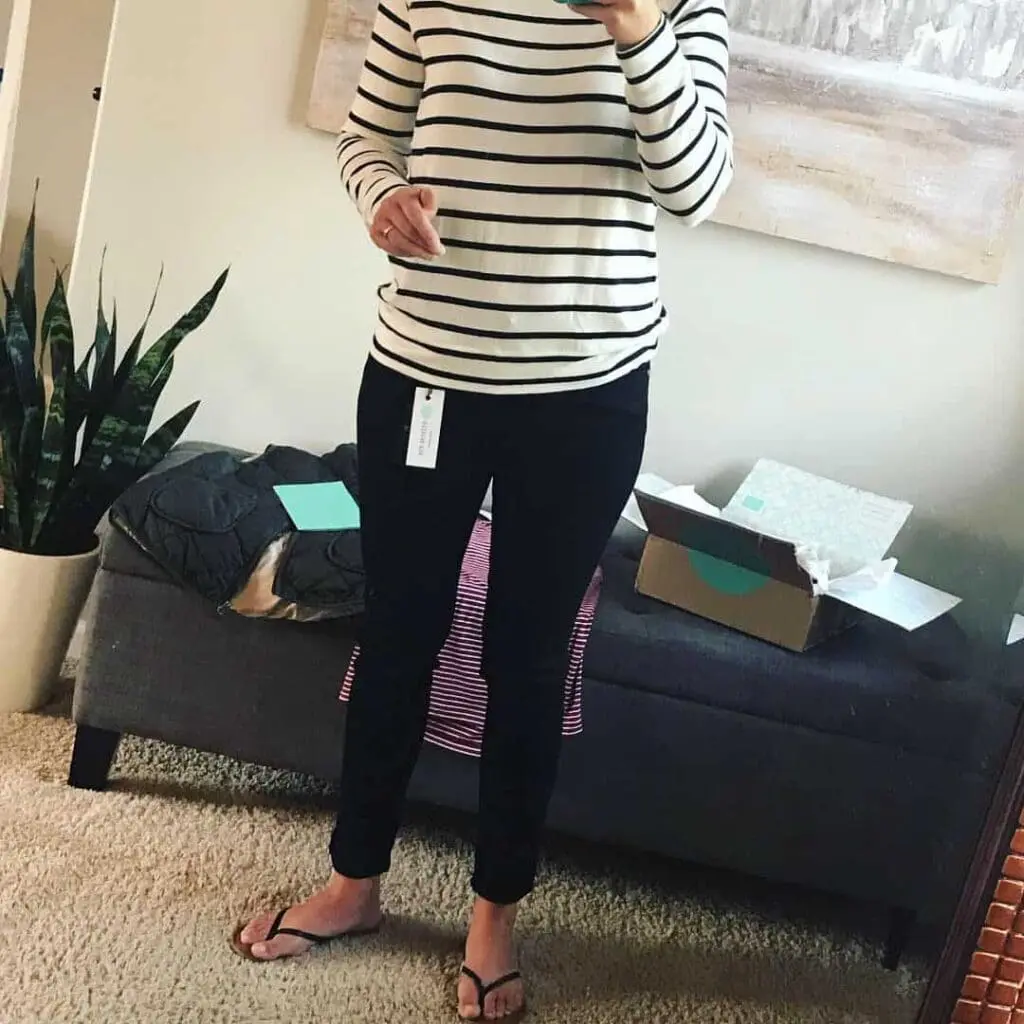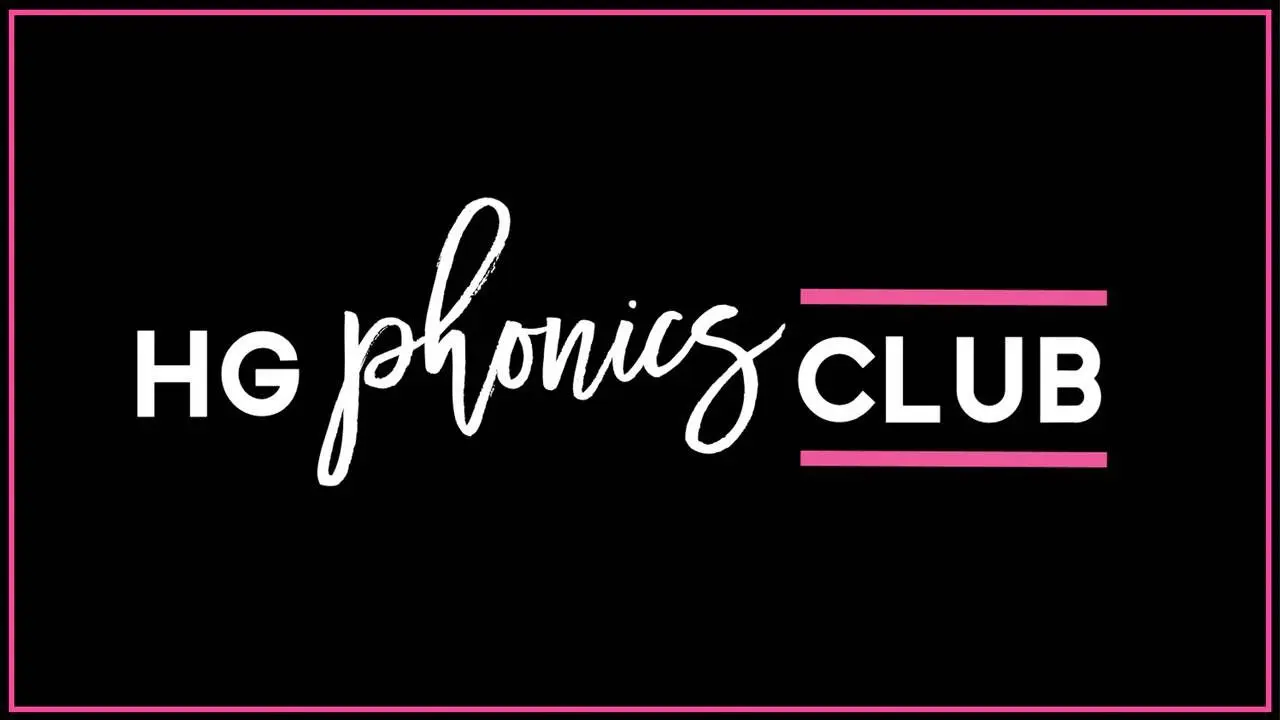Fall is HERE…. Well, it might be fall season… but it’s still 85 degrees here in Kentucky. I would take the 85 degrees if I had a pool in my backyard…. I’m working really hard to convince my husband that we NEED a pool…ha! I’m not thinking it’s going to work!
Fall means that I get to decorate my classroom in SPIDERS… It also means pumpkins, bats, and everything FUN! I love everything about thematic teaching in the fall!
We’ve been on fall break this week and we’ve had all kinds of fun… The kids got to spend a few nights at their grandparents while I got to dive into some serious vocabulary research. You could say I have a problem…. I start reading research articles and I just can’t stop. I want to be positively sure that my products are research based…
Then, we went to birthday party, played outside, then made slime with Nan and Pap… At one point in my life I actually liked making slime… You could say that I’m over it… But my kids sure do love it! I’m wondering if the slime phase will ever end?!?!
I also got my first StitchFix box… I struggle with taking selfies. I swear… I have no idea how to get my head and my feet in the picture at the same time. BUT… My clothes were amazing… I have NO TIME to shop… so I think this might be the perfect solution. Click HERE if you would like to give it a try….
On another note…. All of my research has been put to good use! Today I finished up my unit on using context clues to figure out unknown words..
But before I show you everything included I want to share my research….
According to the National Reading Panel (2000), vocabulary instruction is an essential component in teaching children to read. It has been proven over and over again that word knowledge is linked to comprehension. When students do not know the meanings of significant amounts of words when reading texts, comprehension is impossible.
While it is proven that vocabulary knowledge does lead to gains in comprehension, the National Reading Panel (2000) did not find that there was one specific method that was best for vocabulary instruction. Overall, students should be taught both directly and indirectly.
Quality vocabulary instruction should be based on reading experiences that are extended through discussion, modeling, and a wide diversity of text (Hoyt 2005). As a first and second grade teacher, my goal is to develop students who have an intentional focus on vocabulary. I need them to notice words, use strategies they have been taught to figure out word meanings, make connections with words, and become word savvy.
Overall, I designed this unit to provide my students with a direct hands-on approach to model and practice using context clues to discover the meaning of unknown words. While direct instruction is important, this week long unit will only be used as a tool that will lead to our year long discovery of words. All research points in the direction that vocabulary programs DO NOT work. That’s because the words are not meaningful and rote recognition is lost without purposeful use of words within diverse contexts.
This unit will guide my students to search for unknown words, discover words, and become strong readers! As the unit comes to an end, I will guide my students daily as they become word detectives throughout their daily lives, increasing vocabulary, increasing comprehension, and becoming life long learners and readers.
Here’s what’s included…
Lesson 1
Sing “You are my Sunshine.” Ask students what the song is about. Many of them might say the sun. Sing the song again, asking students to think about the clues in the song. After discussing the clues… {YOU are my sunshine… You make me happy… You’ll never know, dear, how much I love you..} Write some of the clues on the board and ask students what the song is about once again. They should come to the conclusion that it is about someone you love or care about. Next, build connections by asking students to each name someone who is their “sunshine”. Help students come to the understanding that they used context clues to figure out a different meaning of the word sunshine. Explain to students that there will be times while they are reading or listening to a story that they might not know the meaning of a word. Sometimes, they can use context clues to help them figure out the meaning of the word. Last, students will practice using context clues to figure out the meaning of four vocabulary words.
Ask students if they know the word. (i.e. Does anyone know what a kingcup is?) Then, show the poster. Students will use clues from the sentence and photograph to find the meaning of the words.
Lesson 2
Put students into groups of two or three…. Let students work together, using context clues, to figure out the meaning of made up silly words. (I’m really excited about this…. I think my students are going to LOVE these made up words… ha!)
Lesson 3
Students will play a Context Clue Homonym Match Up game… Each child will get a card. One card will have two sentences. The other card will have the matching homonym with pictures. Students will go around the classroom to find the person holding their matching card. Once students have made a match, they will use the recording sheet to write the homonym, write a sentence, and illustrate each sentence.
Lesson 4
My students LOVE scoot and write the room activities…. On this day I will hang task cards around the classroom. Students will go around the room, read the sentence, and then use context clues to discover the meaning of the underlined word.
Lesson 5 – Quick Assessment & I’ll introduce vocabulary journals to my guided reading groups…
If you’re interested… You can find all of these activities HERE… I have to say… This is a new unit for me and I am really excited to put my research into action in my classroom…
More vocabulary units will be coming soon…. Next week it will be all about prefixes and suffixes…
Have a great week!!!
-Hollie















0 Comments